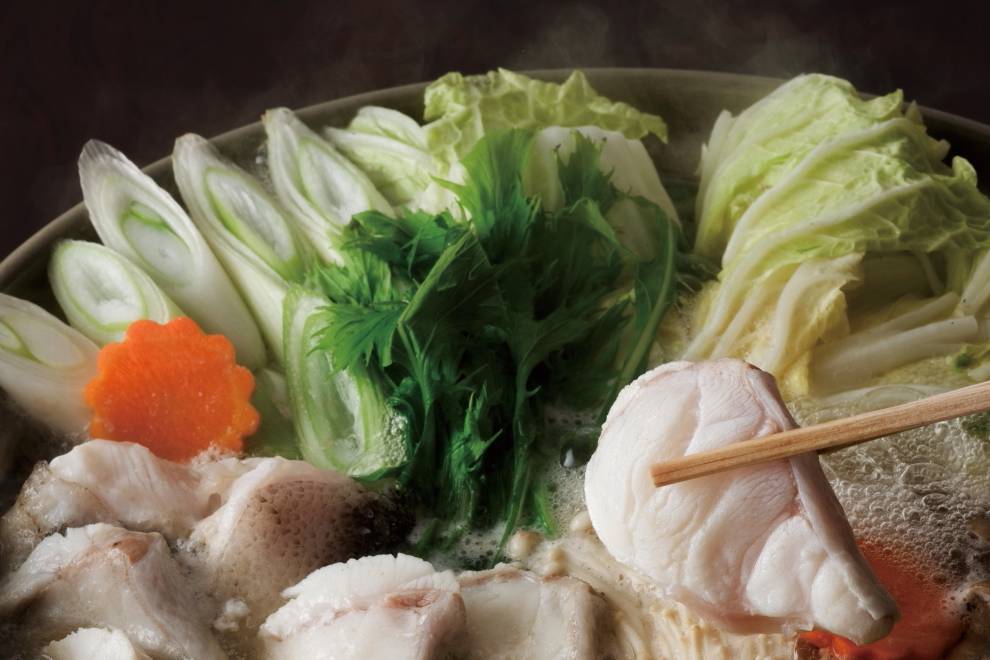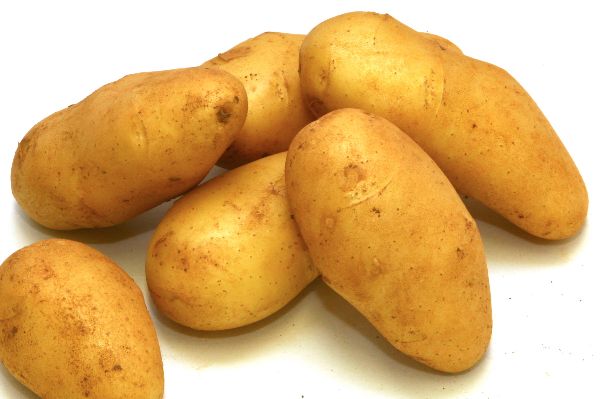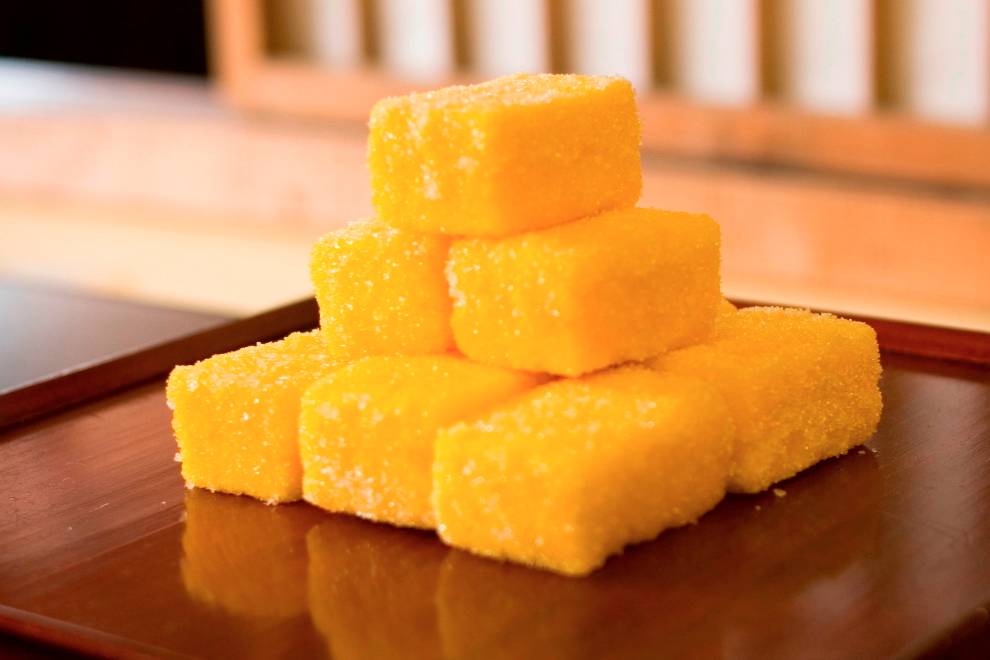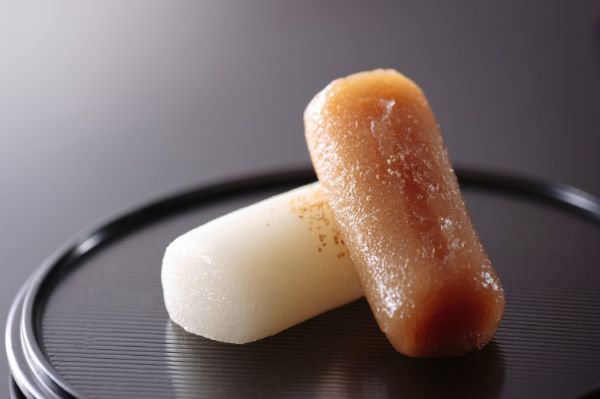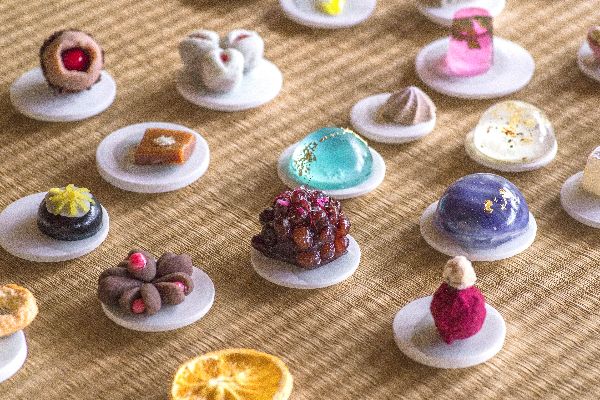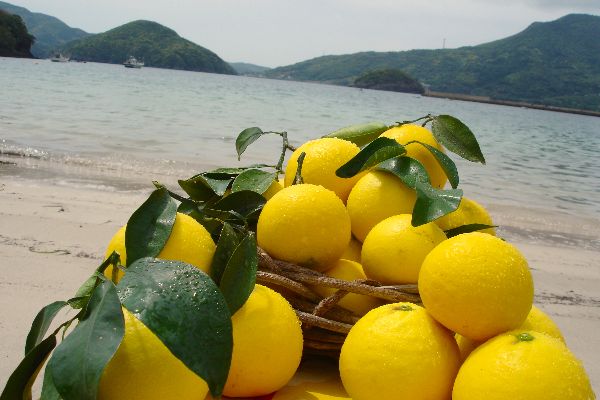
Hirado Wagyu
Hirado Beef was voted Japan's top beef during the 2012 national cattle contest. Popular as thinly sliced yakiniku grill meat as well as steak, you can enjoy this top rated tender meat for a reasonable price in Hirado.

Hirado Champon
Hirado Champon is a classic local favourite for lunch. The soup is made from pork broth and most shops use freshly made local champon noodles. A generous topping of veggies, sea food and pork is bound to fill up anyone.

Ago-dashi Ramen
Ago is the local word for flying fish. A healthy light soup with full umami is created from dried Ago. The first ago-dashi ramen shop started on Ikitsuki Island and this healthy Ramen is now gaining popularity across Japan.

Tai Chazuke
Chazuke is a Japanese dish in which green tea or broth is poured over steamed white rice. Oshima in Hirado is famous for its chazuke topped with local marinated sea bream. Great as a dish on its own or to finish a meal.



